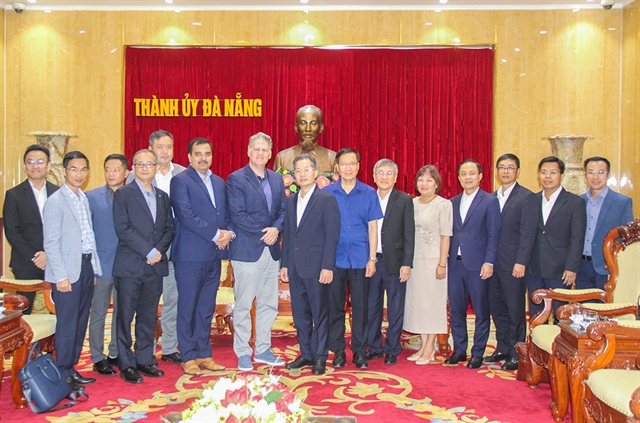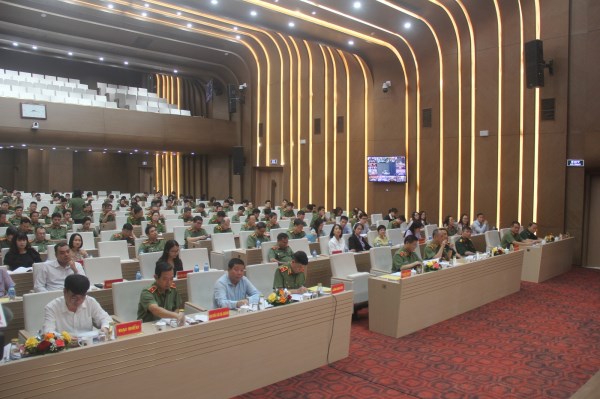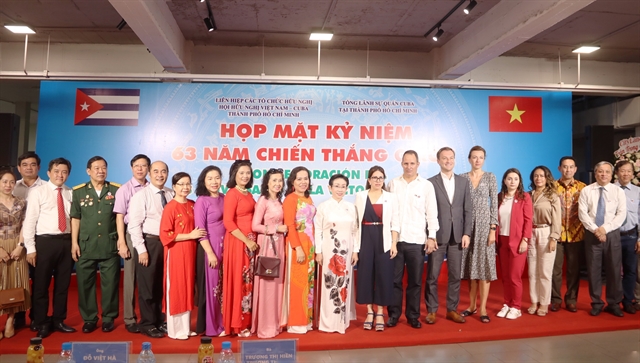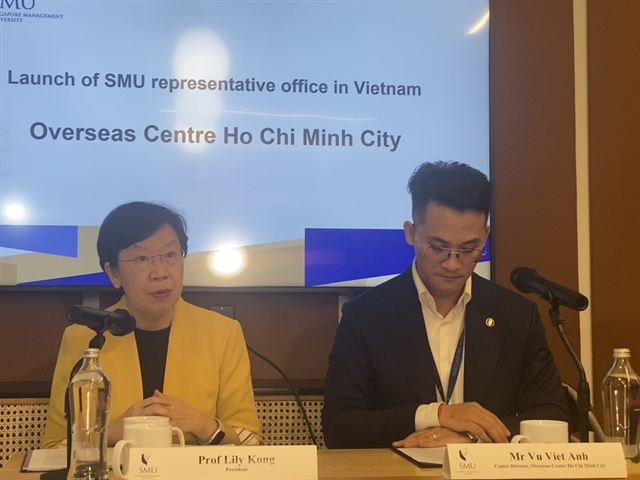 Society
Society

Kiên Giang Province has effectively used its advantages to develop agricultural production and rural areas, improving the lives of farmers.
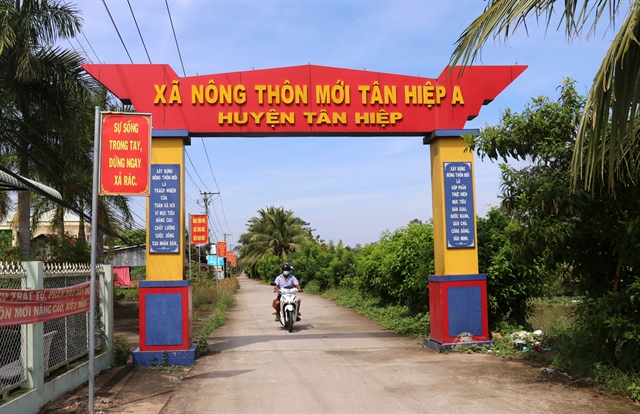
|
| A rural road in Tân Hiệp A Commune in Kiên Giang Province’s Tân Hiệp District. Tân Hiệp A has been recognised as a new-style rural commune. — VNA/VNS Photo Lê Huy Hải |
KIÊN GIANG — Kiên Giang Province has effectively used its advantages to develop agricultural production and rural areas, improving the lives of farmers.
Mai Văn Huỳnh, deputy standing secretary of the province Party Committee, said: “The province’s agriculture production has developed strongly in scale and quality to ensure food security and exports.”
Farmers have played an effective part in restructuring agriculture and adopted technology, he said.
They have also switched from merely growing crops to growing those that have high demand and guaranteed outlets, he said.
Rural areas have been developed significantly, enabling them to narrow the gap with urban areas, he said.
According to the province Department of Agriculture and Rural Development, agriculture developed at a high and steady rate and added value of farm produce increased in the past 15 years.
The Cửu Long (Mekong) Delta province, the country’s largest rice producer, grew 3.8 million tonnes of the grain in the first nine months of this year.
The harvest is continuing, and the total is expected to reach 4.4 million tonnes, according to the department.
Of the 3.8 million tonnes, high-quality varieties accounted for 97.3 per cent.
Lê Hữu Toàn, deputy director of the department, said the province’s agricultural products are diverse and of high quality, and continue to shift towards greater quality, added value and food safety and are adapting to climate change.
The province has restructured agriculture to suit the natural conditions in each place and has switched to growing other high-value crops and breeding aquatic species on thousands of hectares of unproductive rice fields.
It has developed 310 large-scale rice fields with a total of more than 61,000ha to meet the requirements of export markets.
More and more farmers are joining co-operatives and co-operative groups to ensure they get guaranteed outlets and steady prices for their products.
They are increasingly adopting advanced farming techniques and using more machinery to improve quality and yield and thus income.
The annual average income of people in rural areas increased to VNĐ50 million (US$2,000) last year.
The rural poverty rate fell to below 2.6 per cent last year.
Farmer Danh Thơ in Gò Quao District’s Thuỷ Liễu said the province has built irrigation works and taught farmers new techniques, which have benefited rice and shrimp farming.
Farmers use the techniques and get high rice yields, especially in the winter-spring crop which has an average yield of 6-7 tonnes per hectare, he said.
“Thanks to building new-style rural areas, the lives of rural people have improved significantly.”
The province has managed to get 101 of its 116 communes recognised as new-style rural areas, according to the department.
Most inter-hamlet and -commune roads are paved with concrete or asphalt, and 99 per cent of households in rural areas have access to electricity and 66 per cent to clean water.
Targets
Kiên Giang has various targets for agricultural and rural development and farmer’s incomes for this decade.
They include, by 2030, 4.5-5 per cent annual growth for agriculture with output reaching VNĐ170-200 million ($6,800-8,000) per hectare per year, average annual income in rural areas reaching VNĐ96 million ($3,900) and all communes being recognised as new-style rural areas.
Huỳnh said the province would source funding from the central and local budgets and other sources to invest in agriculture and rural areas and improve the lives of farmers.
It would combine the development of industry and services with agriculture production, and develop ecological agriculture, modern rural areas and “civilised” farmers, he said.
It would develop speciality products of various localities and develop more OCOP products under the country’s “one commune – one product” (OCOP) programme.
It would improve the quality and design of OCOP products and implement trade promotion activities to boost their sales at home and abroad.
It will develop agricultural products such as rice, black pepper, vegetables and fruits, livestock such as pigs, buffaloes and cows, and shrimp and crab.
To further develop agriculture and rural areas, it will develop specialised farming areas and value chains for agricultural products, and create jobs for rural workers and improve their incomes.
It will develop community-based and eco-tourism in combination with the preservation of traditional cultures, and tourism in combination with the development of OCOP products.
It will build and upgrade rural infrastructure and ensure linkages between rural and urban areas. — VNS

